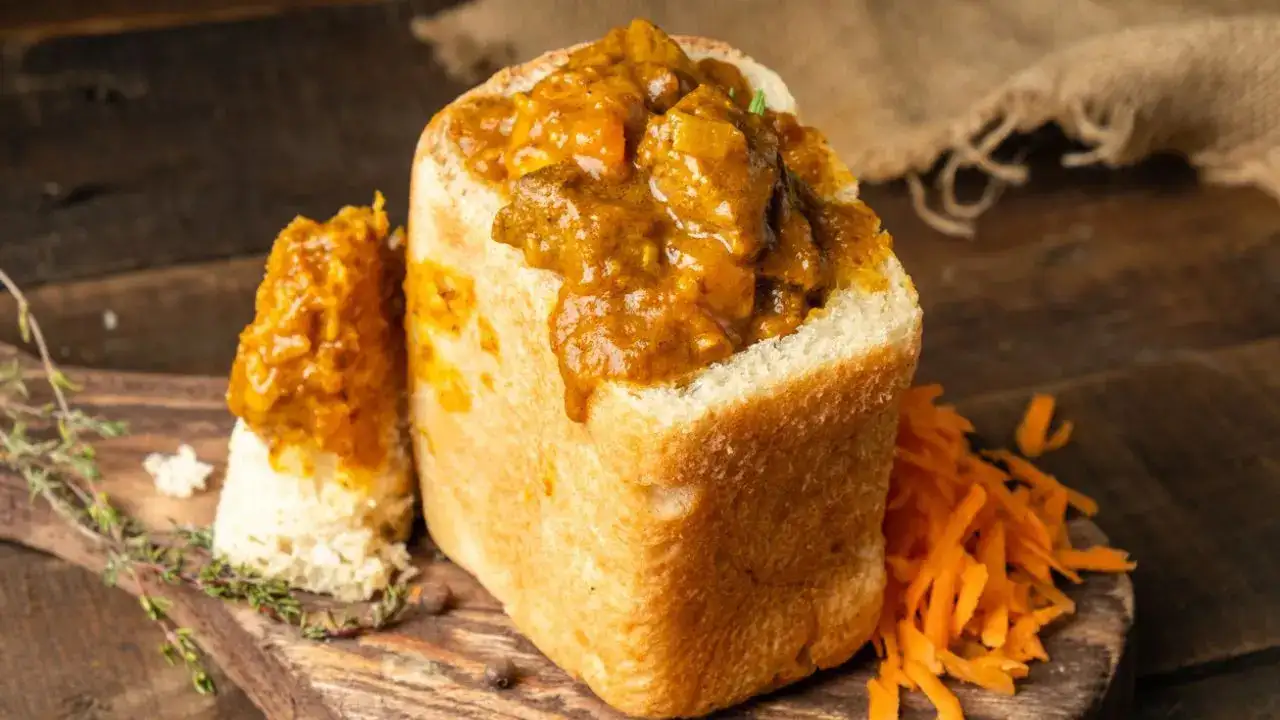By Namya Sinha
Copyright timesnownews

Loaf of bread, hollowed out to fill it up with a meat or beans curry, and that is Durban’s iconic street food, Bunny Chow. Popularly known as Bunny, the dish carries the epitome of Indian jugaad. It was created by the Indian immigrant workers during the 1940s apartheid era of South Africa. Under the apartheid system, discriminatory laws and policies barred black and other non-white people from entering cafés and other public amenities designated for whites only. As a result, they would resort to ordering take-away meals. Beans with rotis (wheat chapattis) was the most popular dish, but it had to be eaten immediately or it would become soggy. As a result, Indians started using thick loaves of bread as take-away containers for gravies, and this led to the creation of Bunny Chow. There is another story on the origins of Bunny Chow. Madeline Grimes, in an article titled The Origins of Bunny Chow published in FOOD52, writes, “In this tale, the dish emerged as the result of hungry Indian golf caddies. Unable to travel from the golf course to Grey Street in Durban for lunch, they arranged for their friends to bring them meals. In a fit of ingenuity spawned by a lack of appropriate containers, the restaurant owner poured the curry into a loaf of bread.” Adding, “Bunny is a permutation of the word Bania, an Indian caste of merchants who sold the curries.” The gravy is mostly meat-based, with chicken, lamb or mutton. The plant-based and no-meat version mostly includes beans or chickpeas. Do remember, on your next visit to Durban, that you must try the Bunny Chow. And when it comes to ordering a Bunny Chow, the ritual is as fascinating. You do not simply ask for a Bunny; you ask for a quarter, half, or full loaf, depending on your appetite and perhaps your bravery. The bread is sliced to size, hollowed with quick precision, and the chosen curry is ladled in until it is just flowing over the edges. Locals will tell you that a quarter bunny is perfect for one, while a half is a generous indulgence, and the full loaf, often shared, is a feast in itself. And, then you use your hands to eat it.



